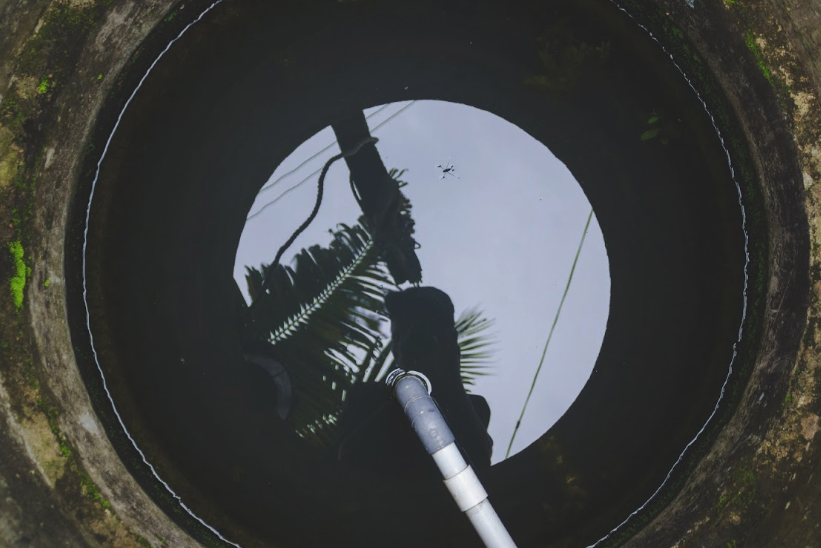Introduction
Detection technology has moved beyond tape measures and utility flags. Modern tools give teams a clearer picture of Fort Myers Underground Utilities, and that clarity is changing how projects are planned and executed. Here is the thing: better detection means fewer surprises and when you can see a corridor of buried services accurately, you can sequence work intelligently and avoid costly reactive work.
What modern tools actually do
Ground-penetrating radar reveals subsurface objects in three dimensions and electromagnetic locators find metallic and conductive lines. Software then fuses those datasets into a usable map. When this data is collected with precision positioning, project teams get accurate horizontal and vertical locations which are essential for complex projects and tight urban corridors.
Integration is the real benefit
The biggest change is not the sensor itself but how data is used. Mapping platforms let you overlay detection results with GIS, as-builts, and design models so you get a single source of truth that makes coordination between utilities, contractors, and designers straightforward. When everyone works from the same map, decisions are faster and less risky.
Why this matters in Fort Myers
Fort Myers has areas with old records and mixed ownership of underground lines, and modern detection helps reconcile what records claim with what is actually in the ground. For sewer projects or where high groundwater exists, being confident in utility location reduces the need for emergency excavations and protects sensitive infrastructure.
Practical steps for adoption
Contractors and owners should request detection deliverables in both raw and processed formats and insist on clear vertical offsets and confidence levels for each located object. Invest in providers who verify detections with selective exposure and document findings in the as-built record so maps remain accurate as work progresses.
Costs versus benefits
Detection tech costs more up front than a basic locate but the reduction in rework, change orders, and unplanned outages typically pays back quickly. That is true for both public projects and private development because predictable schedules and fewer emergency repairs cut overall project cost.
What this really means for project managers
Modern detection is a risk management tool. Use it early, update maps as work progresses, and treat the data as a living asset for the life of the project. That approach reduces surprises and makes it easier to defend project schedules and budgets.
Conclusion
Modern detection tech is changing how Fort Myers Underground Utilities are identified and managed. When teams invest in accurate subsurface data and integrate it into workflows the result is fewer surprises, better safety, and projects that finish on schedule.

